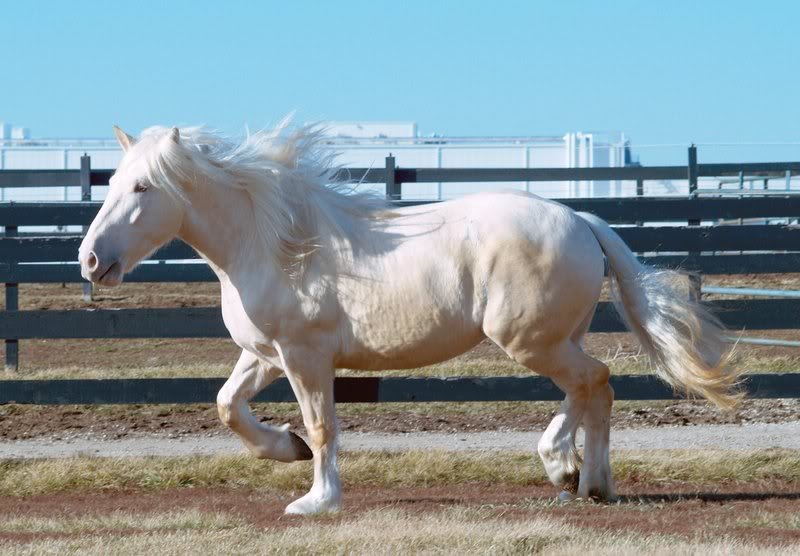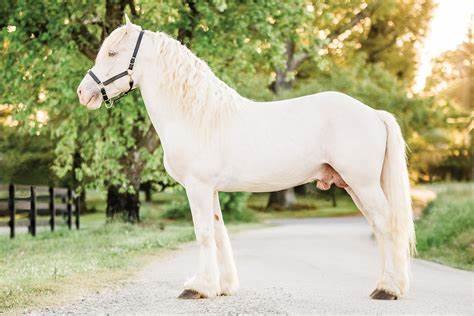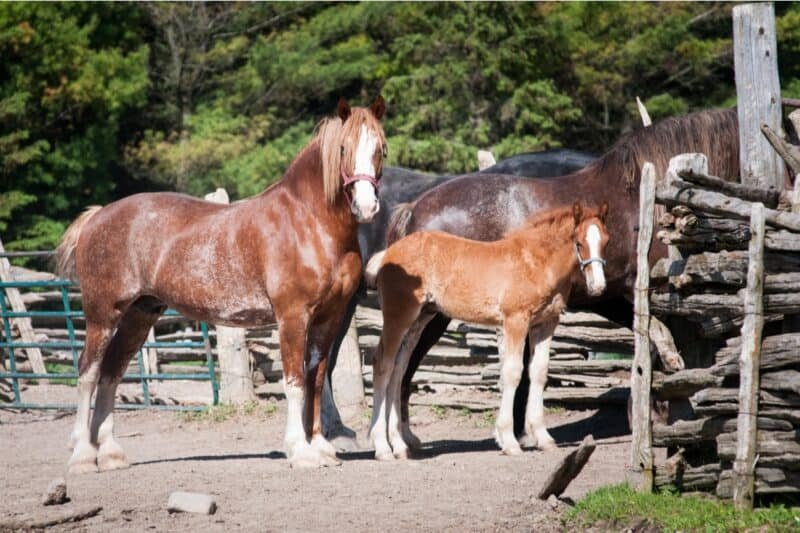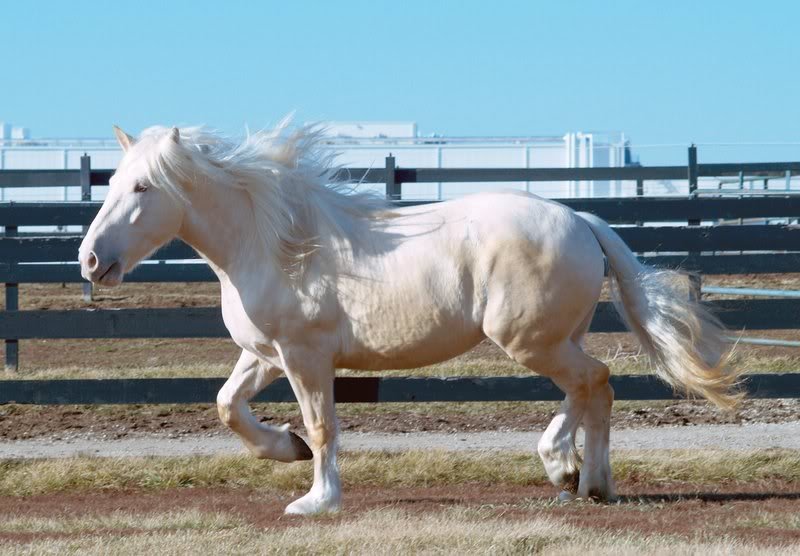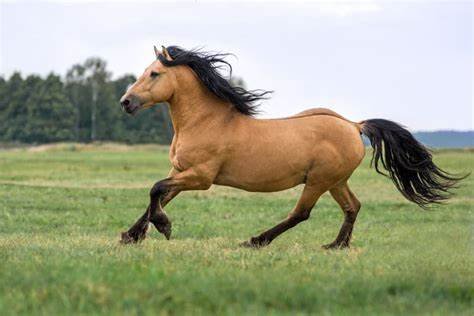Cream draft horses are a unique and captivating breed known for their striking pale coats and gentle nature. While they share many characteristics with other draft horse breeds, the history and origins of cream draft horses are rich in tradition and agriculture. These horses have been prized for their strength, versatility, and calm temperament, making them invaluable assets to farmers and laborers for centuries.
Early Origins and Development
The history of cream draft horses dates back to ancient times when humans first began to domesticate horses for heavy labor. While the breed itself developed over many centuries, the cream-colored coat associated with these horses comes from specific genetic traits that have been carefully preserved. Early ancestors of cream draft horses were used for agricultural work, pulling plows, carts, and other heavy machinery.
The American Cream Draft is often cited as one of the most notable cream-colored draft horse breeds. It originated in the Midwest of the United States, specifically in Iowa, in the late 19th century. Farmers in this region sought out horses that were strong, durable, and could work long hours in the fields. Through careful breeding, they developed a draft horse that not only had a distinctive cream-colored coat but also exhibited the strength needed for farm work.
The American Cream Draft Horse: Birth of a Breed
The American Cream Draft was officially recognized as a breed in the early 20th century. This breed is the only draft horse in North America that is specifically bred to have a cream-colored coat. The breed’s creation is attributed to Arthur, a cream-colored mare born in the early 1900s in Iowa. Arthur became the foundation of the breed, with many of her offspring showing similar characteristics.
The breed was primarily used for draft purposes, including hauling heavy loads, pulling plows, and performing other tasks on farms and in factories. Their calm demeanor and gentle nature made them ideal companions for farmers, and their cream-colored coats became a distinctive feature of the breed.
Other Cream Draft Horse Breeds
While the American Cream Draft is the most well-known cream-colored draft horse, there are other breeds with cream-colored variations. Some draft horses, such as the Belgian Draft, Clydesdales, and Percherons, may occasionally have cream-colored coats due to genetic variations, though these are not standard for these breeds.
These horses are still highly valued for their strength and work ethic, especially in parts of the world where draft horses are still used in agriculture and industry. Their calm nature and large size also make them popular in parades and equestrian events, where their imposing stature and elegant appearance make them stand out.
The Genetic Trait Behind the Cream Coat
The unique cream coat of these horses is the result of a genetic trait known as the “cream dilution gene.” This gene causes the horse’s coat to appear light yellow or cream, and it’s more commonly seen in draft breeds compared to lighter riding horses. Interestingly, this gene is a recessive trait, which means that both parents must carry the gene in order for the foal to inherit the coat color.
In addition to their cream-colored coats, these horses are known for their robust frames, which allow them to carry heavy loads, and their gentle temperaments, which make them easy to handle. They are also known for their muscular build, powerful strides, and hardiness, making them well-suited for farm work, logging, and pulling.
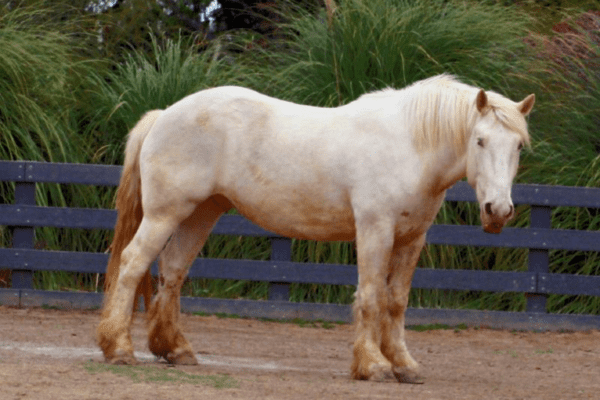
Decline and Preservation
While the American Cream Draft horse was once a popular breed, its numbers began to decline in the mid-20th century with the rise of mechanized farming equipment and machinery. The demand for draft horses decreased as tractors and other machines became more efficient for farm labor.
However, in the 1980s, efforts were made to preserve the breed, which was facing extinction. Breeders and organizations such as the American Cream Draft Horse Association (ACDHA) were established to protect the genetic lineage of the breed. Through careful breeding programs, the population of American Cream Draft horses slowly began to recover.
Modern-Day Use and Legacy
Today, the American Cream Draft and other cream-colored draft horses are still highly valued for their strength and versatility. They are used for a variety of purposes, including farm work, driving, pulling, and even in shows and exhibitions. While they are not as widely used in heavy labor as in the past, they remain an important part of agricultural history.
In addition to their practical uses, cream draft horses have become symbols of heritage, strength, and gentleness. Their striking appearance continues to capture the hearts of horse lovers and equestrian enthusiasts, making them a cherished breed in both working and leisure activities.
Conclusion
The history and origins of cream draft horses are a testament to their enduring importance in agriculture and their unique beauty. From their roots in the Midwest United States to their modern-day roles in farming, recreation, and exhibitions, these horses have stood the test of time. Their striking cream-colored coats and gentle demeanor continue to make them an iconic breed, and efforts to preserve their legacy ensure that future generations can appreciate the strength, versatility, and elegance of the cream draft horse.







